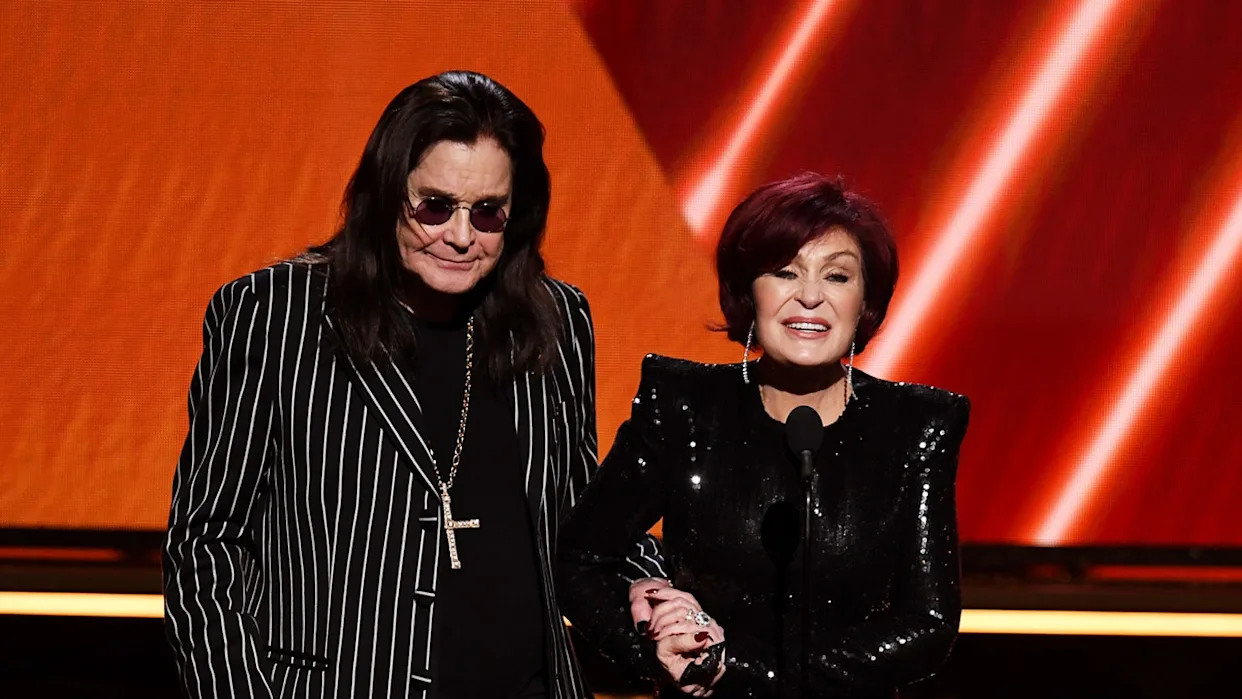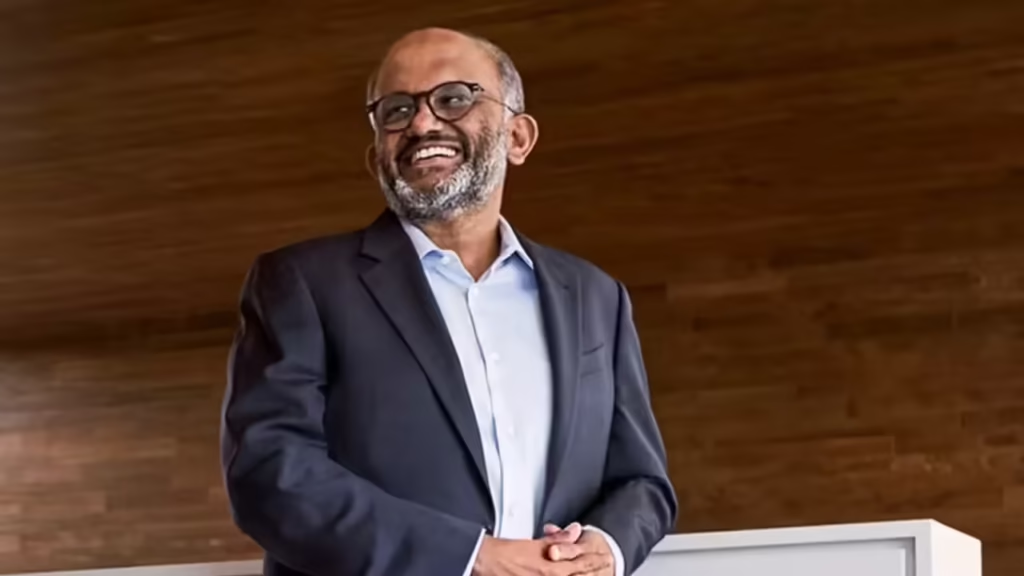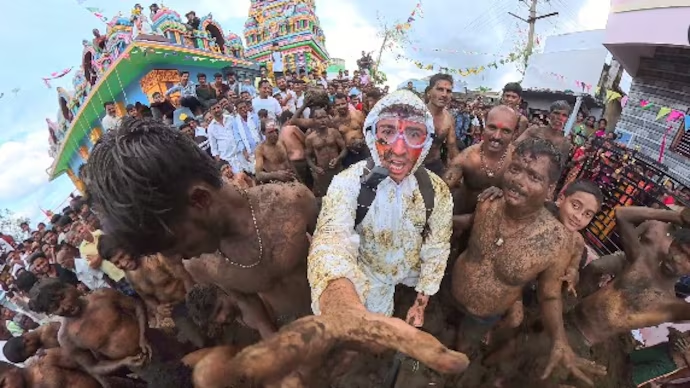Now Reading: What Is Euthanasia? The Term Behind Ozzy and Sharon Osbourne’s Controversial Pact
-
01
What Is Euthanasia? The Term Behind Ozzy and Sharon Osbourne’s Controversial Pact
What Is Euthanasia? The Term Behind Ozzy and Sharon Osbourne’s Controversial Pact

A recent revelation by Ozzy and Sharon Osbourne has reignited global curiosity around a sensitive topic—euthanasia. The celebrity couple disclosed that they had once made a pact regarding assisted dying if their health declined beyond a certain point. While the personal story made headlines, the bigger question remains: what exactly is euthanasia, and how is it viewed in different parts of the world, especially in a country like India?
Understanding Euthanasia
Euthanasia refers to the practice of intentionally ending a life to relieve pain and suffering. It is generally considered only in cases of terminal illness or irreversible medical conditions. There are different forms of it—active, passive, voluntary, and involuntary—each raising its own set of ethical, moral, and legal questions.
Active euthanasia involves directly administering substances to end life, while passive euthanasia means withholding medical treatment or life-support systems to let a person die naturally.
India’s Legal Stand on Euthanasia
In India, passive euthanasia has been legally permitted under specific guidelines laid out by the Supreme Court in 2018. The ruling allows the withdrawal of life support from terminally ill patients in a permanent vegetative state, but only after strict legal and medical scrutiny. Active euthanasia, however, remains illegal.
This distinction is crucial for Indian families, especially in Tier 2 cities where legal awareness is growing, but access to advanced palliative care is still limited. Cases like Aruna Shanbaug’s in Mumbai have played a major role in shaping public opinion and legal interpretation.
Ethical and Social Dilemma
The topic often sparks emotional debate. Supporters argue that individuals should have the right to die with dignity, especially when quality of life has collapsed due to incurable illness. Critics, on the other hand, warn that legalising euthanasia more broadly could lead to misuse, especially in societies with unequal healthcare access or low legal literacy.
Religious beliefs also influence the perspective in India. Hinduism, Islam, and Christianity largely view life as sacred, making the discussion even more complex in socially conservative regions.
Why the Osbourne Pact Got People Talking
The idea that two high-profile individuals like Ozzy and Sharon Osbourne would plan for such a future struck a chord across generations. It wasn’t just a personal revelation; it turned into a larger public moment where people began thinking and talking about autonomy, ageing, illness, and control over life’s final decisions.
For younger Indians living in smaller cities, who now consume global news and medical advancements through digital platforms, such conversations open up previously taboo topics for family discussion.
Conclusion
Euthanasia remains a difficult, emotionally charged topic. While laws evolve and medical technology advances, the core question continues to revolve around individual rights, ethical responsibility, and societal values. For India—particularly in its fast-developing cities—the conversation is no longer distant. It’s quietly entering drawing rooms, hospital corridors, and courtrooms, challenging us to rethink how we define dignity and death.

























